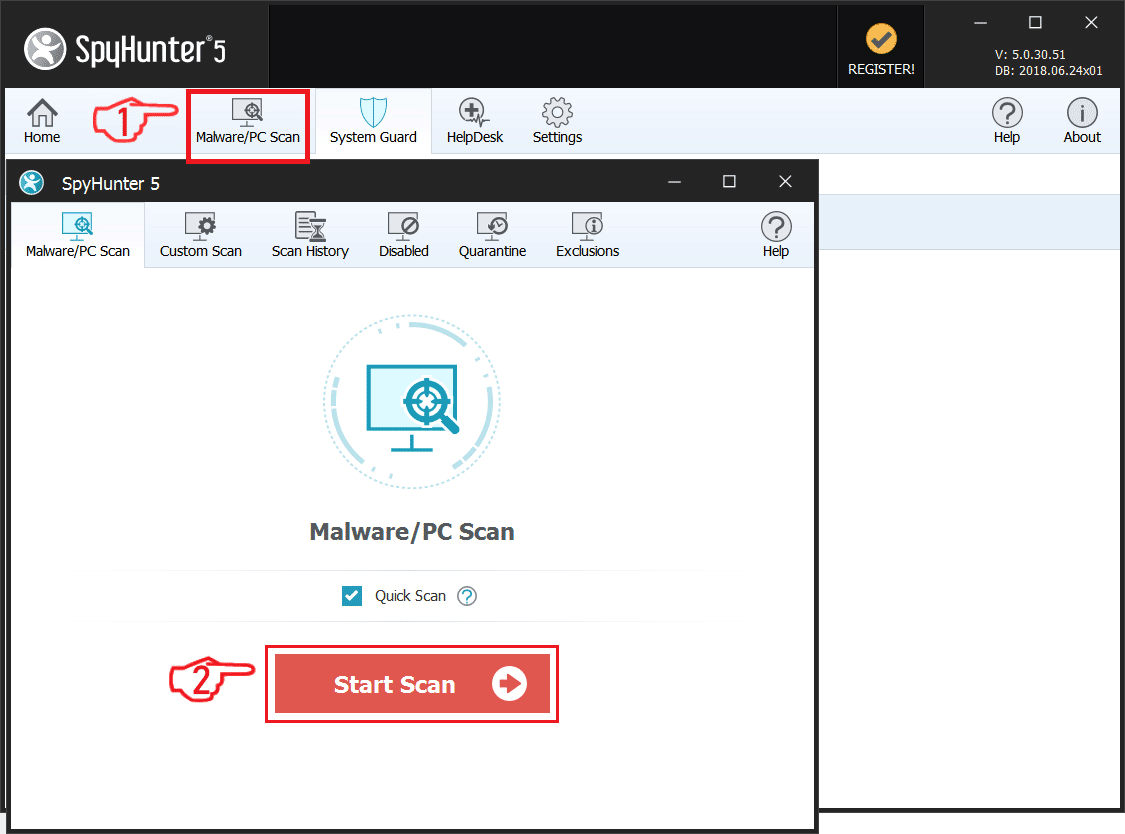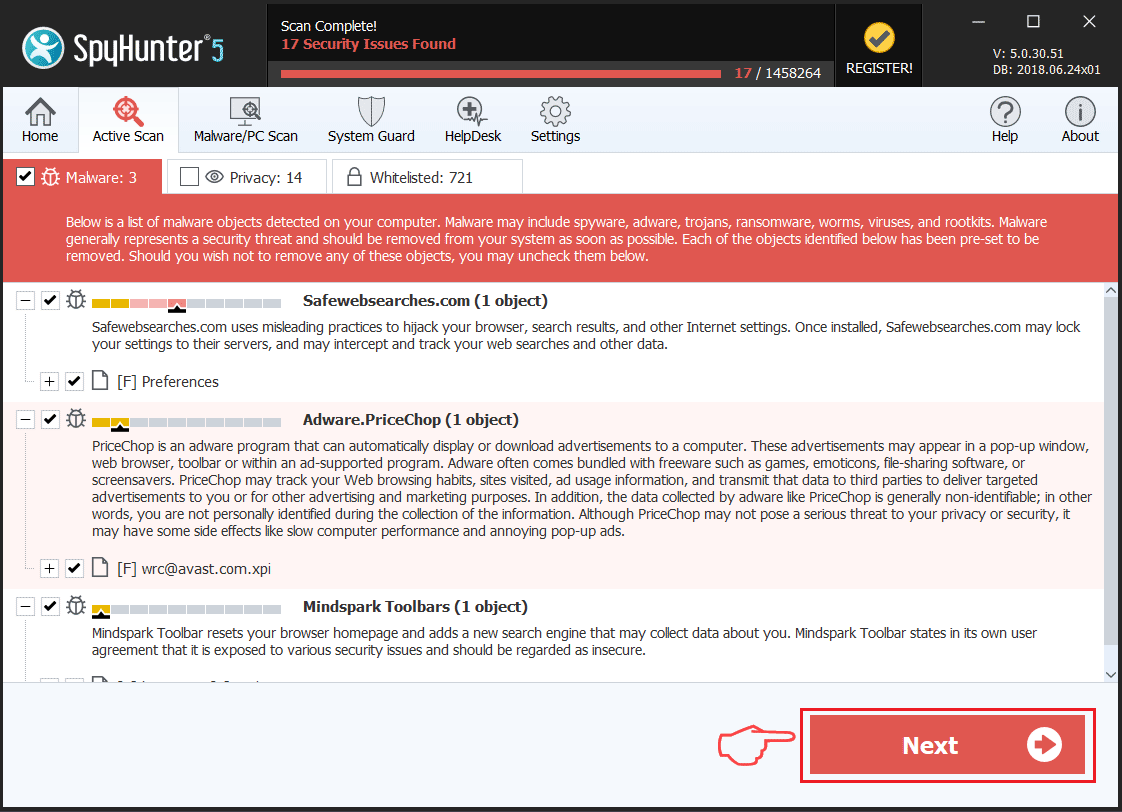
Update September 2019. Varenyky is a dangerous Trojan with spyware functionalities which also operates as a spambot. Security researchers believe that the Varenyky spambot is currently under heavy development meaning that it is going to evolve. At the heart of the Varenyky spambot operation is sextortion. The Trojan is designed to steal passwords, and spy on victims’ screen via FFmpeg when they watch adult content.
Varenyky also communicates with its command and control server via Tor, and the spam that activates the operation is sent via email.

Threat Summary
| Name | Varenyky |
| Type | Trojan, Spambot |
| Short Description | Varenyky is a Trojan and a spambot that is currently distributed via phishing and spam emails. |
| Symptoms | The victims may not experience any apparent symptoms of infection. |
| Distribution Method | Spam emails and phishing. |
| Detection Tool |
See If Your System Has Been Affected by malware
Download
Malware Removal Tool
|
| User Experience | Join Our Forum to Discuss Varenyky. |

Varenyky Trojan and Spambot – Distribution Methods
According to WeLiveSecurity researchers, the Varenyky Trojan is currently targeting France, and more specifically, the users of Orange S.A., a French ISP. The main distribution channel of the spambot is phishing emails. The researchers came across a spam campaign that redirected to a survey and a bogus smartphone promotion. However, another campaign is relying on sextortion principles, and is spying on the victim’s screen while they are visiting adult websites.
One of the malicious documents that is distributing Varenyky is attached in an email states that a bill of €491.27 is available. Upon opening the supposed bill, the victim will be notified that the document is protected by Microsoft Word and needs human verification. In other words, the victim is prompted to enable macros.
It is curious to note that the macro detected in this Word document is using the function Application.LanguageSettings.LanguageID() to obtain the language ID of the victim’s computer.
“This ID contains the country and the language set by the user. The script checks if the value returned is 1036 in decimal (or 0x40C in hexadecimal) and according to the Microsoft documentation this value corresponds to France and the French language,” WeLiveSecurity researchers explained.

Varenyky Trojan – Technical Overview
As already mentioned, the Varenyky Trojan is currently targeting French victims via fake invoices in the form of Microsoft Word documents that prompt them to enable macros. When the potential victim opens the document and the macro is executed, the operation makes sure that the user is indeed French. If the victim is of other nationality, the malware operation ceases. If the French origin is confirmed, the malware will communicate with its command and control server to determine what components to download. Varenyky also installs a piece of software that steals passwords and spies on victims via FFmpeg when they are watching pornographic content online.
The Varenyky Trojan can also detect specific “trigger” keywords of sexual nature as well as websites (such as YouPorn, PornHub, and Brazzers. When any of these keywords is caught, the malware will record the computer’s screen via an FFmpeg executable. The recorded content is then sent to the command and control server. Obviously, the reason for recording the victim’s screen under these specific circumstances is sextortion and blackmail. It is also highly possible that Varenyky will be used in highly targeted campaigns.

Remove Varenyky Trojan
If your computer system got infected with the Varenyky Trojan, you should have a bit of experience in removing malware. You should get rid of this Trojan as quickly as possible before it gets the chance to spread further and infect other computers. Consider removing the Trojan immediately, and follow the step-by-step instructions available below.
Note! Your computer system may be affected by Varenyky and other threats.
Scan Your PC with SpyHunter
SpyHunter is a powerful malware removal tool designed to help users with in-depth system security analysis, detection and removal of Varenyky.
Keep in mind, that SpyHunter’s scanner is only for malware detection. If SpyHunter detects malware on your PC, you will need to purchase SpyHunter’s malware removal tool to remove the malware threats. Read our SpyHunter 5 review. Click on the corresponding links to check SpyHunter’s EULA, Privacy Policy and Threat Assessment Criteria.
To remove Varenyky follow these steps:
Use SpyHunter to scan for malware and unwanted programs
Preparation before removing Varenyky.
Before starting the actual removal process, we recommend that you do the following preparation steps.
- Make sure you have these instructions always open and in front of your eyes.
- Do a backup of all of your files, even if they could be damaged. You should back up your data with a cloud backup solution and insure your files against any type of loss, even from the most severe threats.
- Be patient as this could take a while.
- Scan for Malware
- Fix Registries
- Remove Virus Files
Step 1: Scan for Varenyky with SpyHunter Anti-Malware Tool



Step 2: Clean any registries, created by Varenyky on your computer.
The usually targeted registries of Windows machines are the following:
- HKEY_LOCAL_MACHINE\Software\Microsoft\Windows\CurrentVersion\Run
- HKEY_CURRENT_USER\Software\Microsoft\Windows\CurrentVersion\Run
- HKEY_LOCAL_MACHINE\Software\Microsoft\Windows\CurrentVersion\RunOnce
- HKEY_CURRENT_USER\Software\Microsoft\Windows\CurrentVersion\RunOnce
You can access them by opening the Windows registry editor and deleting any values, created by Varenyky there. This can happen by following the steps underneath:


 Tip: To find a virus-created value, you can right-click on it and click "Modify" to see which file it is set to run. If this is the virus file location, remove the value.
Tip: To find a virus-created value, you can right-click on it and click "Modify" to see which file it is set to run. If this is the virus file location, remove the value.Step 3: Find virus files created by Varenyky on your PC.
1.For Windows 8, 8.1 and 10.
For Newer Windows Operating Systems
1: On your keyboard press + R and write explorer.exe in the Run text box and then click on the Ok button.

2: Click on your PC from the quick access bar. This is usually an icon with a monitor and its name is either “My Computer”, “My PC” or “This PC” or whatever you have named it.

3: Navigate to the search box in the top-right of your PC's screen and type “fileextension:” and after which type the file extension. If you are looking for malicious executables, an example may be "fileextension:exe". After doing that, leave a space and type the file name you believe the malware has created. Here is how it may appear if your file has been found:

N.B. We recommend to wait for the green loading bar in the navigation box to fill up in case the PC is looking for the file and hasn't found it yet.
2.For Windows XP, Vista, and 7.
For Older Windows Operating Systems
In older Windows OS's the conventional approach should be the effective one:
1: Click on the Start Menu icon (usually on your bottom-left) and then choose the Search preference.

2: After the search window appears, choose More Advanced Options from the search assistant box. Another way is by clicking on All Files and Folders.

3: After that type the name of the file you are looking for and click on the Search button. This might take some time after which results will appear. If you have found the malicious file, you may copy or open its location by right-clicking on it.
Now you should be able to discover any file on Windows as long as it is on your hard drive and is not concealed via special software.
Varenyky FAQ
What Does Varenyky Trojan Do?
The Varenyky Trojan is a malicious computer program designed to disrupt, damage, or gain unauthorized access to a computer system. It can be used to steal sensitive data, gain control over a system, or launch other malicious activities.
Can Trojans Steal Passwords?
Yes, Trojans, like Varenyky, can steal passwords. These malicious programs are designed to gain access to a user's computer, spy on victims and steal sensitive information such as banking details and passwords.
Can Varenyky Trojan Hide Itself?
Yes, it can. A Trojan can use various techniques to mask itself, including rootkits, encryption, and obfuscation, to hide from security scanners and evade detection.
Can a Trojan be Removed by Factory Reset?
Yes, a Trojan can be removed by factory resetting your device. This is because it will restore the device to its original state, eliminating any malicious software that may have been installed. Bear in mind that there are more sophisticated Trojans that leave backdoors and reinfect even after a factory reset.
Can Varenyky Trojan Infect WiFi?
Yes, it is possible for a Trojan to infect WiFi networks. When a user connects to the infected network, the Trojan can spread to other connected devices and can access sensitive information on the network.
Can Trojans Be Deleted?
Yes, Trojans can be deleted. This is typically done by running a powerful anti-virus or anti-malware program that is designed to detect and remove malicious files. In some cases, manual deletion of the Trojan may also be necessary.
Can Trojans Steal Files?
Yes, Trojans can steal files if they are installed on a computer. This is done by allowing the malware author or user to gain access to the computer and then steal the files stored on it.
Which Anti-Malware Can Remove Trojans?
Anti-malware programs such as SpyHunter are capable of scanning for and removing Trojans from your computer. It is important to keep your anti-malware up to date and regularly scan your system for any malicious software.
Can Trojans Infect USB?
Yes, Trojans can infect USB devices. USB Trojans typically spread through malicious files downloaded from the internet or shared via email, allowing the hacker to gain access to a user's confidential data.
About the Varenyky Research
The content we publish on SensorsTechForum.com, this Varenyky how-to removal guide included, is the outcome of extensive research, hard work and our team’s devotion to help you remove the specific trojan problem.
How did we conduct the research on Varenyky?
Please note that our research is based on an independent investigation. We are in contact with independent security researchers, thanks to which we receive daily updates on the latest malware definitions, including the various types of trojans (backdoor, downloader, infostealer, ransom, etc.)
Furthermore, the research behind the Varenyky threat is backed with VirusTotal.
To better understand the threat posed by trojans, please refer to the following articles which provide knowledgeable details.


 1. For Windows XP, Vista and 7.
1. For Windows XP, Vista and 7. 2. For Windows 8, 8.1 and 10.
2. For Windows 8, 8.1 and 10. Fix registry entries created by malware and PUPs on your PC.
Fix registry entries created by malware and PUPs on your PC.


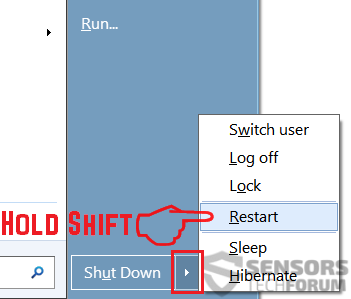
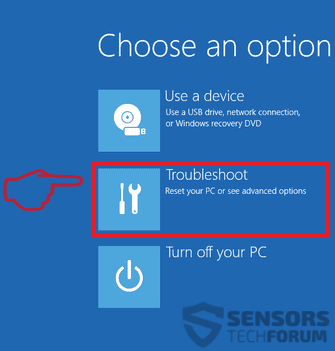
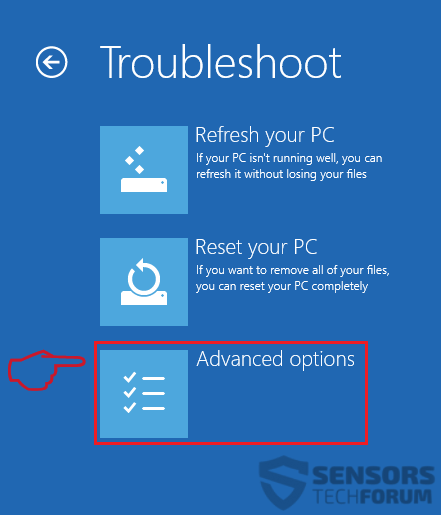
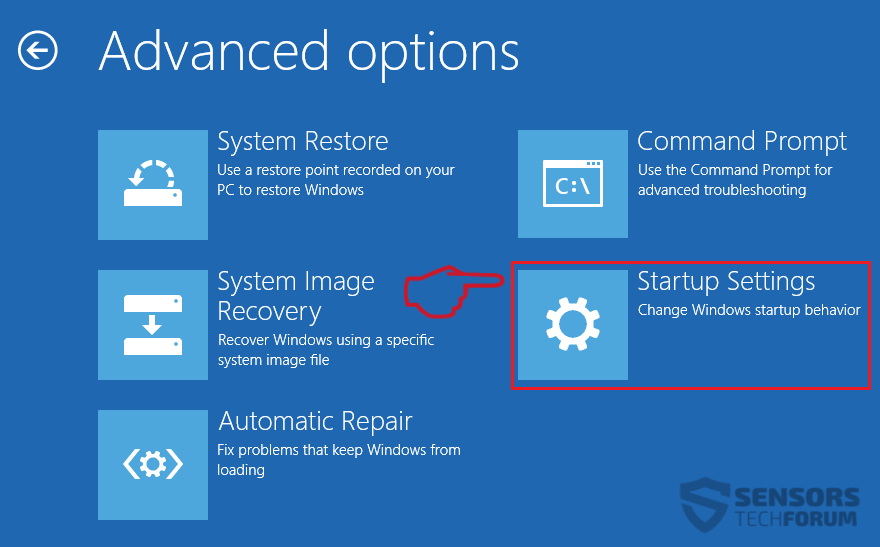
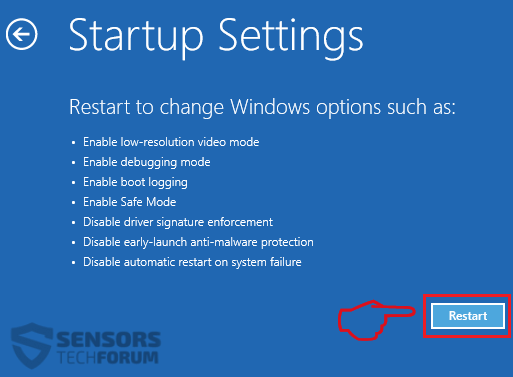
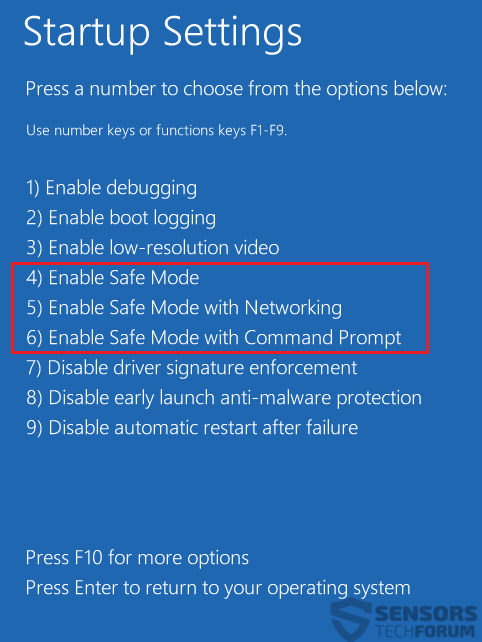
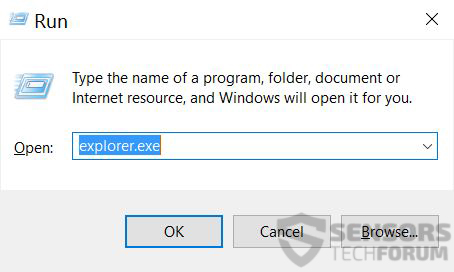

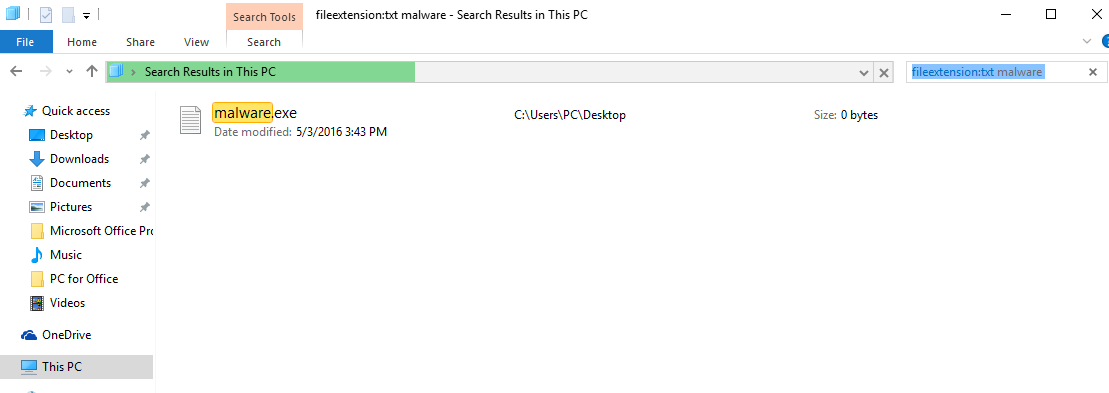
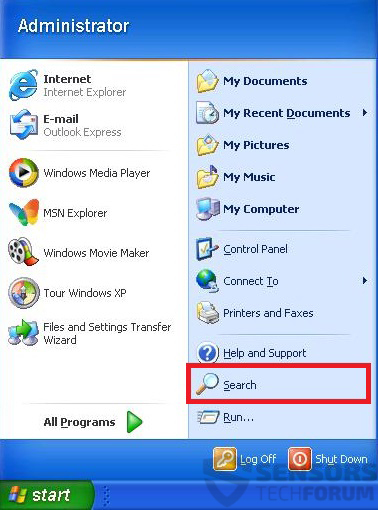
 1. Install SpyHunter to scan for Varenyky and remove them.
1. Install SpyHunter to scan for Varenyky and remove them.